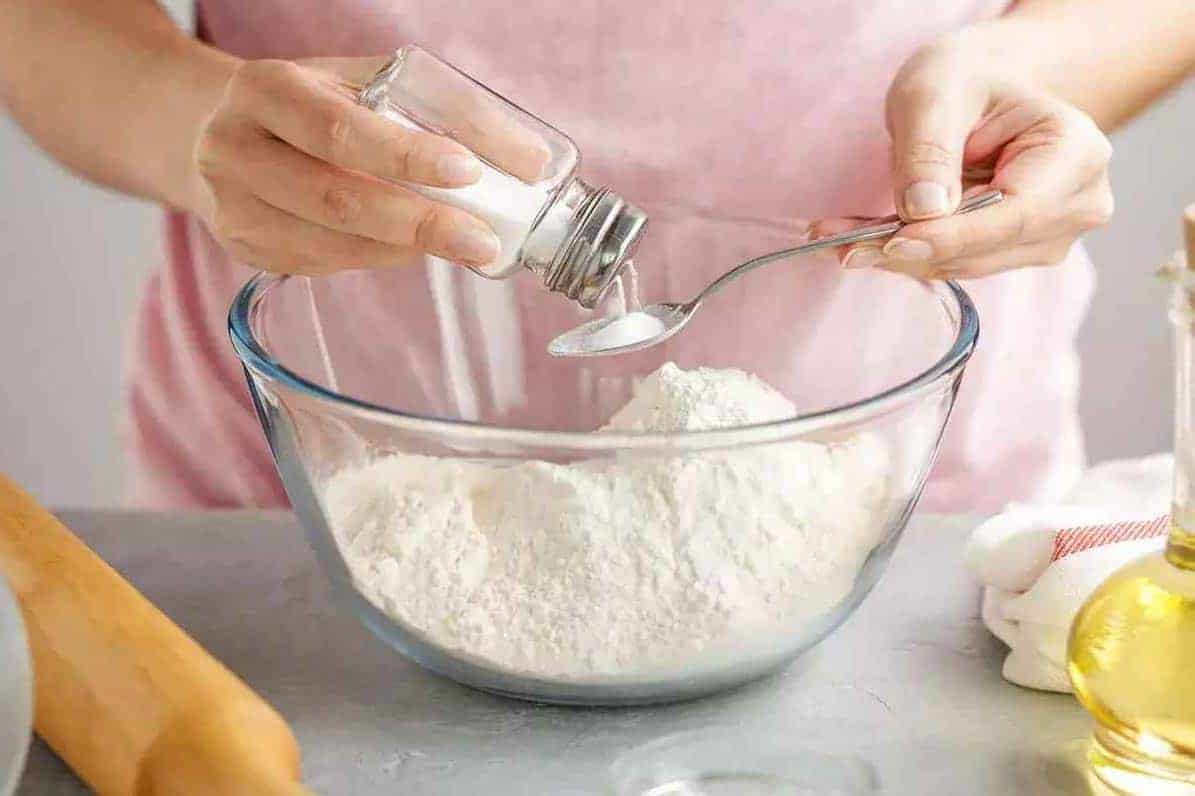While flour, sugar, and butter often steal the limelight, there is one unsung hero that adds depth, flavor, and structure to every baked good – salt. What does salt do in baking? Well, I’m about to show you how salt works and the goodness that comes with it, so get ready and discover the power of salt!
Enhancing the Flavor
Do you ever ponder about how a simple mineral–like salt can turn your baking from good to exceptional? Salt acts as a secret weapon, enhancing the flavors and textures of your creations. So adding salt to your baking is like injecting a touch of magic.
Start by evaluating the other ingredients in your recipe to achieve the perfect amount of salt. If your recipe includes sweet ingredients like sugar, vanilla, or chocolate, you should use less salt. However, if you’re working with savory ingredients like cheese, herbs, or bacon, you can use a bit more salt.
Salt helps to balance the sweetness of your baked goods. When you use salt in moderation, it helps to bring out the flavor of other ingredients in the recipe you’re making.
In addition, salt complements a wide variety of flavors, such as it can enhance the savory of your bread or bring out the chocolate flavor of your chocolate cake. Another way of salt enhances the flavor of your goods is that it reduces the bitterness and bitter taste of your finished product.
Improving Texture
When baking, salt not only enhances flavor but also improves texture, playing a critical role in the process. Adding salt actively strengthens the gluten in the dough, resulting in better structure and texture in baked goods.
However, it is crucial to use the appropriate amount of salt since too much or too little can negatively impact the texture and flavor of the baked good. The recipe’s recommended amount of salt should be followed to achieve excellent texture, flavor, and shelf life for your baked goods.
Balancing moisture
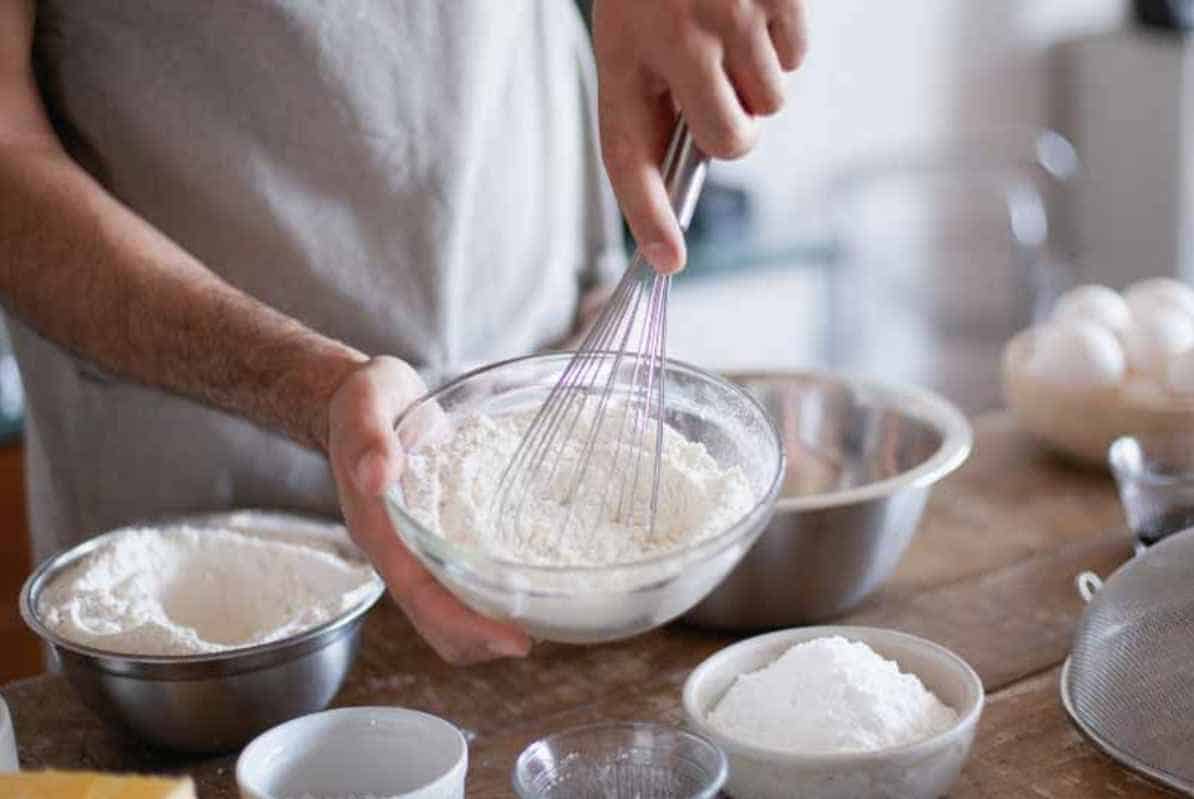
Salt improves the texture of what you’re baking by balancing its moisture. When you add salt to the dough or batter, it controls the activity of enzymes and microorganisms that can affect moisture levels during baking.
However, when balancing moisture, it typically involves other techniques and ingredients. It also requires things such as adjusting the amount of liquid or using different ingredients like eggs, oil, or batter to even add more moisture to your recipe.
Increasing the gluten
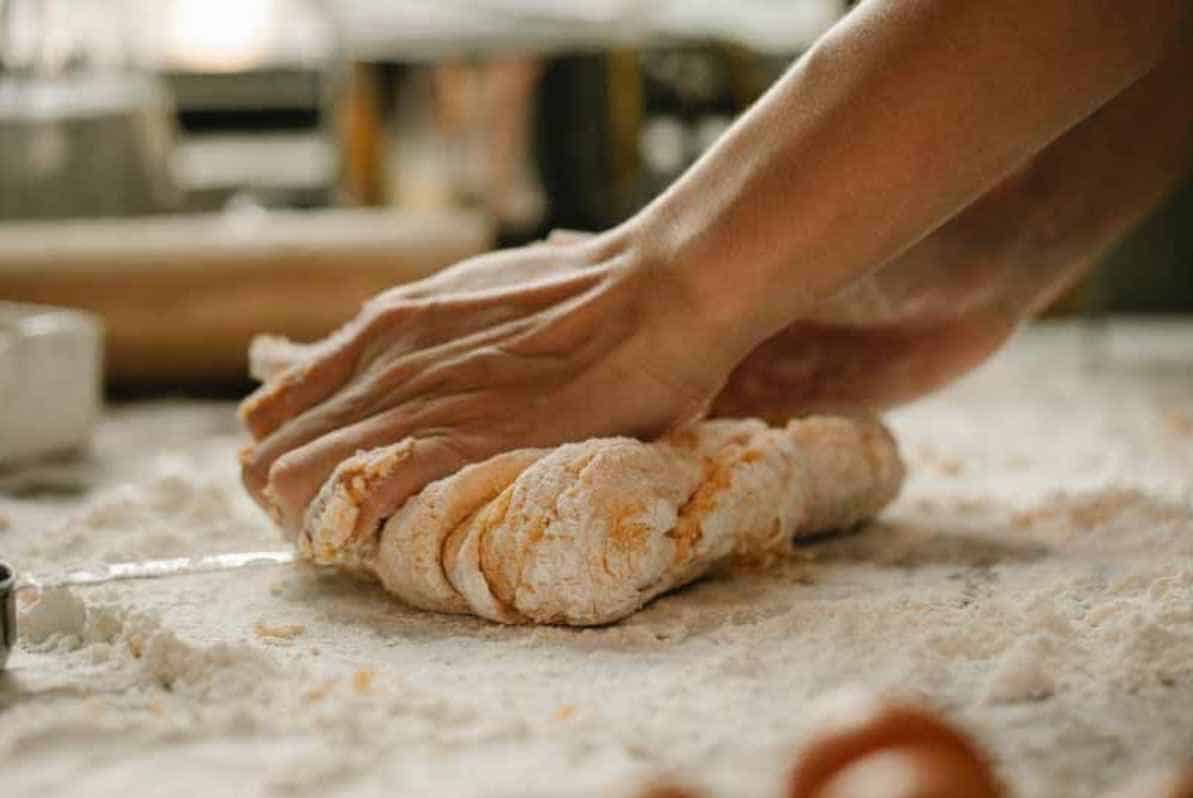
Gluten is a type of protein that is always found in wheat flour, which creates and gives structure and elasticity to the goods you’re baking–such as pizza dough and bread. When the flour is mixed with water, gluten starts to form, which gives the dough a specific texture.
You may be wondering what’s the role of salt in improving gluten. Well, salt strengthens the gluten by helping to stabilize the protein structure of the gluten molecules in your baking–which can result in a more elastic and cohesive dough that are easier to work with.
Additionally, it creates a better texture in the final baked products!
Salt for fermentation
In the process of fermentation in baking, salt plays an important role. When making bread, for instance, the yeast added to the dough requires an environment with the appropriate balance of moisture, temperature, and nutrients to grow and ferment the dough.
Controlling the fermentation rate
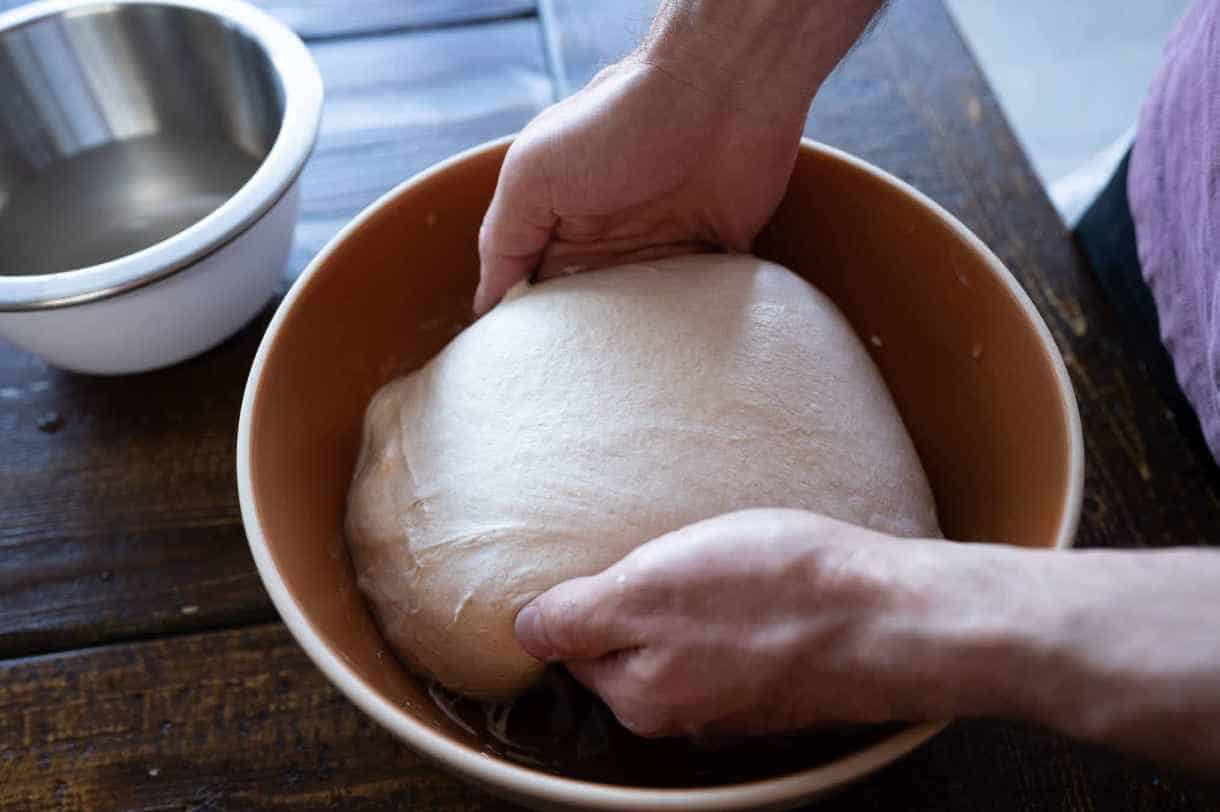
In controlling the fermentation, you must pay attention to yeast since yeast growth can cause the bread to rise too rapidly and then collapse, resulting in a dense and doughy texture. Salt actively regulates the fermentation process by controlling the rate of yeast growth.
It slows down the fermentation process, allowing the bread to rise more slowly and evenly, resulting in a more flavorful and evenly textured loaf. Furthermore, salt actively strengthens the gluten in the dough, improving the texture and structure of the final product.
It also retains moisture in the dough, making the bread more tender and preventing it from becoming dry and crumbly. By controlling the rate of fermentation in your baking, salt creates a more flavorful impact on your baked goodies, making them very tasty and magical.
Some types of salt, such as iodized salt, contain additives that can inhibit the fermentation process while baking. Therefore, we highly recommend using high-quality, unrefined salt that does not contain additives for best results.
In summary, salt plays a valuable role in baking by controlling the fermentation rate, enhancing the flavor of the bread, and improving the texture and structure of the final product.
Salt for preservation
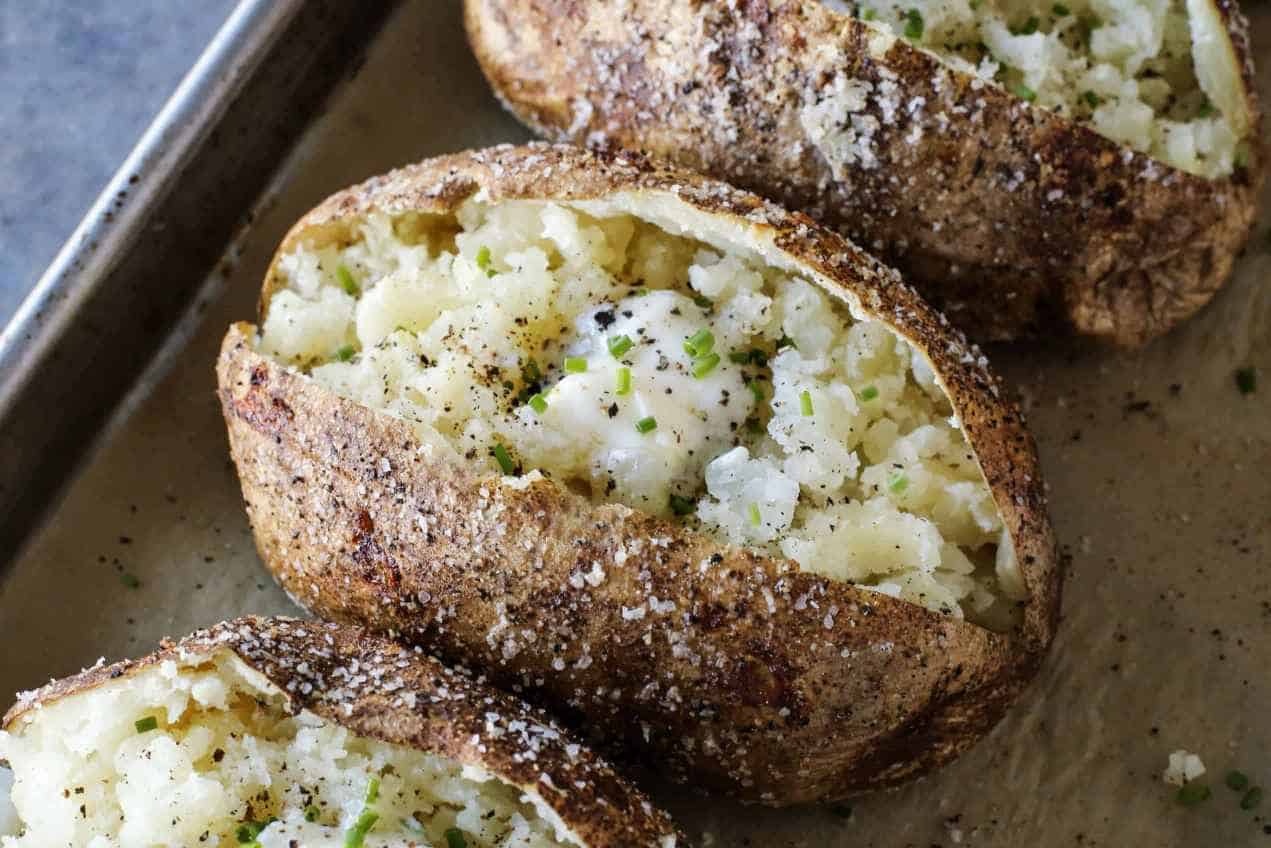
When preserving baked goods, salt can play a vital role in inhibiting the growth of bacteria and fungi. Salt not only acts as a preservative but also enhances the flavor of baked goods by balancing sweetness and other flavors while activating the taste buds on the tongue.
Also, using salt for preservation in baking creates a high moisture content. Because when salt is added to bread dough, it helps to slow down the bacteria and mold, which causes the bread not to spoil.
However, salt is not the only preservative you can use in preserving your beloved baked goods. There many preservatives you can use, such as vinegar, lemon juice, or citric acid, which also prevent the spoilage of your goods.
And as we’ve stated before, salt plays a huge role in preserving your baked goodies as it can help to strengthen the gluten in your dough, which improves the texture and holds the shape of your dough.
It’s also important to note that not all baked goods require the addition of salt in order to preserve them. Just like cookies or cakes that are low in moisture content, they don’t require adding salt for the purpose of preservation–but you must add salt to these types of baked goods to add more flavor.
Choosing the Right Type of Salt
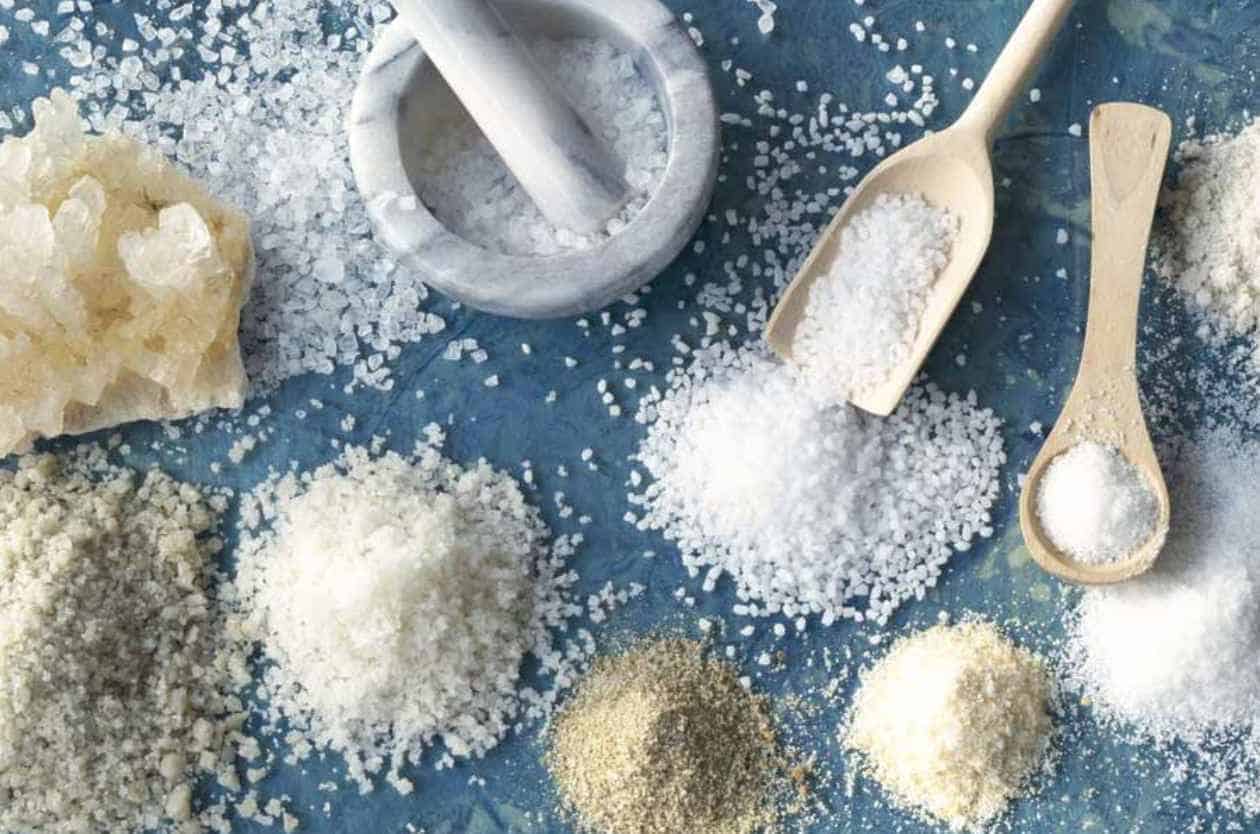
Choosing the right type of salt for baking can significantly impact the taste and texture of your baked goods. To select the best salt for your baking needs, consider the flavors you want to enhance.
Table Salt
Table Salt is a common choice for baking due to its fine-grained texture that easily dissolves in doughs and batters. However, it can be overly salty and lacks the texture and flavor of other salts.
Sea Salt
Sea Salt is available in different textures from fine to coarse and offers a complex flavor and a nice crunch to baked goods when used coarsely.
Kosher Salt
Kosher Salt is a coarser option that dissolves slowly, ensuring even salt distribution in recipes.
Smoked Salt and Flavored Salt
Smoked Salt is ideal for adding smokiness to savory recipes, while Flavored Salts, such as garlic or onion, can add an extra layer of flavor.
Experimenting with different types of salt will help you find the perfect balance of flavor and texture in your baked goods. Keep in mind the recipe you’re making and the flavors you want to highlight.
Here is a simple table to guide you on how and when to use a certain amount and type of salt:
| Recipe | Salt type | Amount of Salt |
| Soups and Sauces | Normal Salt | One tsp per quart |
| Dough | Normal Salt or Kosher Salt | One tsp per 4 cups of flour |
| Cake | Coarse sea salt for crunch and flavor | ⅛ to ¼ tsp per 1 cup of flour |
| Cooked Cerial | Normal Salt | One tsp per 2 cups of liquid |
| Cookies | Flavored Salt or Normal Salt | ¼ tsp per 1 cup of flour |
| Pizza | Table Salt or Normal Salt | 5 to 10 grams per 500 grams of flour |
Choosing the Right Amount of Salt For Baking Together with its Purpose and Effects
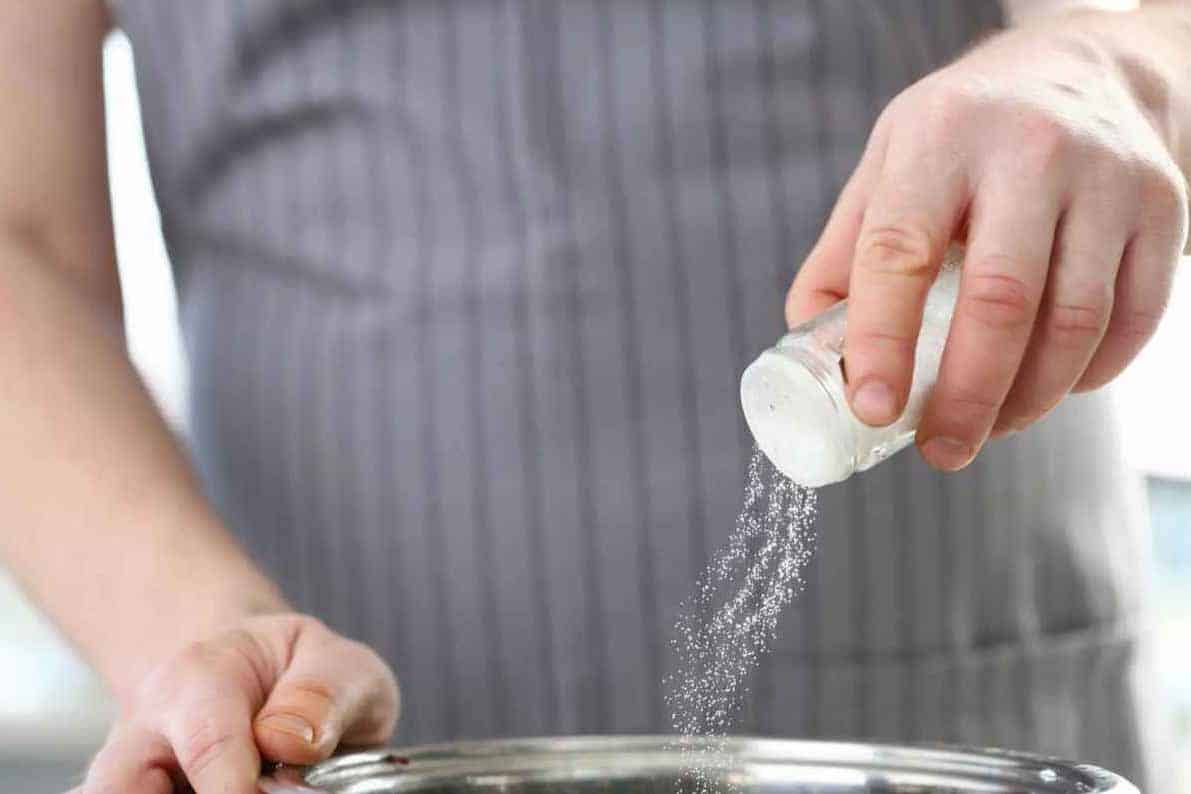
Determining the right amount of salt depends on the recipe and the type of bread being made. A general rule of thumb is to use 1-2% of the total flour weight in salt. For instance, if a recipe calls for 500 grams of flour, one should use 5-10 grams of salt.
However, it’s crucial to note that recipes may require more or less salt. One should follow the recipe instructions and adjust the amount of salt to taste. Additionally, evenly distributing the salt throughout the dough is crucial to regulate the fermentation process effectively.
Here is a simple guide to know more about using salt for fermentation in baking:
| Purpose | Amount of salt | Effects |
| Flavoring | 1-2% of flour weight | Salty taste to the bread |
| Preservation | 1-2% of flour weight | Extend shelf life of the bread |
| Fermentation | 1-2% of flour weight | More flavorful and textured bread |
| Gluten boosting | 2% of flour weight | Retains moisture in the dough |
Conclusion
In conclusion, baking relies heavily on salt, as it not only enhances the flavor but also preserves the baked goods. Each type of salt, whether table salt, kosher salt, or sea salt, possesses its unique texture, flavor, and mineral content, which can significantly impact the final product.
And that’s it for our latest blog, bakers! We hope that this blog post helped you with your question, “What does Salt Do In Baking?” If you want to know more learnings about baking, don’t forget to check our website every week! Have a great day, and enjoy baking!
